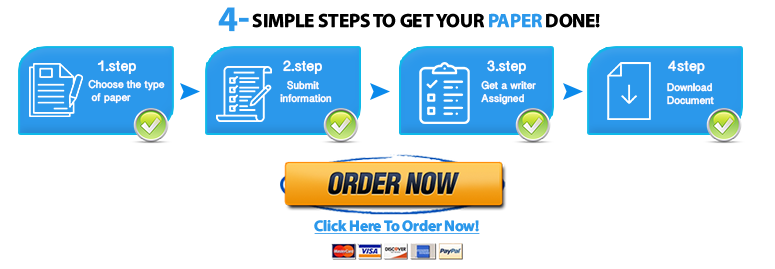Please analyze the following problems in JMP and answer the
questions below.
- Given a recent
outbreak of illness caused by E.coli bacteria, the mayor of a large city is
concerned that some of his restaurant inspectors are not consistent with their
evaluations of a restaurant cleanliness.
In order to investigate this possibility, the mayor has five restaurant
inspectors grade (scale of 0 to 100) the cleanliness of three restaurants.
|
Inspector
|
Restaurant
|
|
1
|
2
|
3
|
|
1
|
72
|
54
|
84
|
|
2
|
68
|
55
|
85
|
|
3
|
73
|
59
|
80
|
|
4
|
69
|
60
|
82
|
|
5
|
75
|
56
|
84
|
- Perform some
descriptive statistics on the data. What are the average cleanliness scores for
the 3 restaurants and the average cleanliness score given by the 5 inspectors?
- State the model
and all of the appropriate hypotheses being tested for this Two-way ANOVA
problem
- Run a two-way
ANOVA analysis and draw your conclusions.
What is your conclusion about the average cleanliness score between the
three restaurants? What is your conclusion about the effect of the 5 inspectors
on the cleanliness score? Is there any interaction between the Factors?
- Check the
residual plots and comment on the adequacy of the model.
- Let us suppose that the Human Resources Department of
a company desires to know if occupational stress varies according to age and
gender. The variable of interest is
therefore occupational stress as measured by a scale (higher scores =
more stress). There are two factors being
studied – age and gender. The employees have been classified into three age groups: age less than 40, age 40 to 55, and age above
55. In addition employees have been labeled
into gender classification: male or female.
Scores on occupational stress from employee(s) were obtained.
|
GENDER
|
AGE
|
OCCUPATIONAL
STRESS
|
|
Male
|
Less
than 40
|
68
|
|
Male
|
40
to 55
|
70
|
|
Male
|
Above
55
|
44
|
|
Male
|
Less
than 40
|
54
|
|
Male
|
40
to 55
|
66
|
|
Male
|
Above
55
|
52
|
|
Male
|
Less
than 40
|
78
|
|
Male
|
40
to 55
|
62
|
|
Male
|
Above
55
|
66
|
|
Male
|
Less
than 40
|
80
|
|
Male
|
40
to 55
|
56
|
|
Male
|
Above
55
|
42
|
|
Male
|
Less
than 40
|
58
|
|
Male
|
40
to 55
|
72
|
|
Male
|
Above
55
|
72
|
|
Female
|
Less
than 40
|
54
|
|
Female
|
40
to 55
|
60
|
|
Female
|
Above
55
|
44
|
|
Female
|
Less
than 40
|
42
|
|
Female
|
40
to 55
|
42
|
|
Female
|
Above
55
|
38
|
|
Female
|
Less
than 40
|
66
|
|
Female
|
40
to 55
|
48
|
|
Female
|
Above
55
|
42
|
|
Female
|
Less
than 40
|
58
|
|
Female
|
40
to 55
|
59
|
|
Female
|
Above
55
|
52
|
|
Female
|
Less
than 40
|
66
|
|
Female
|
40
to 55
|
65
|
|
Female
|
Above
55
|
50
|
- Perform some descriptive statistics on the data. What are the
average stress score and standard deviations for the different grouping
variables? Create a graph that
summarizes the data (boxplot, bar graph or something similar).
- State the model
and all of the appropriate hypotheses being tested for this Two-way ANOVA
problem
- Run a two-way
ANOVA, with Age, Gender, and the interaction term. Is there an interaction between Age range and
Gender of employee? If so, interpret the
interaction through an LSmeans plot and multiple comparison confidence
intervals. If no interaction is present,
draw your conclusion about occupational stress between Ages and your conclusion
about the effect of Gender on occupuational stress.
- Calculate the average
stress prediction for the following categories of employees
- A 65 year old
female employee
- A 29 year old
male employee
- A 47 year old
female employee
"Looking for a Similar Assignment? Order now and Get 10% Discount! Use Code "Newclient"






